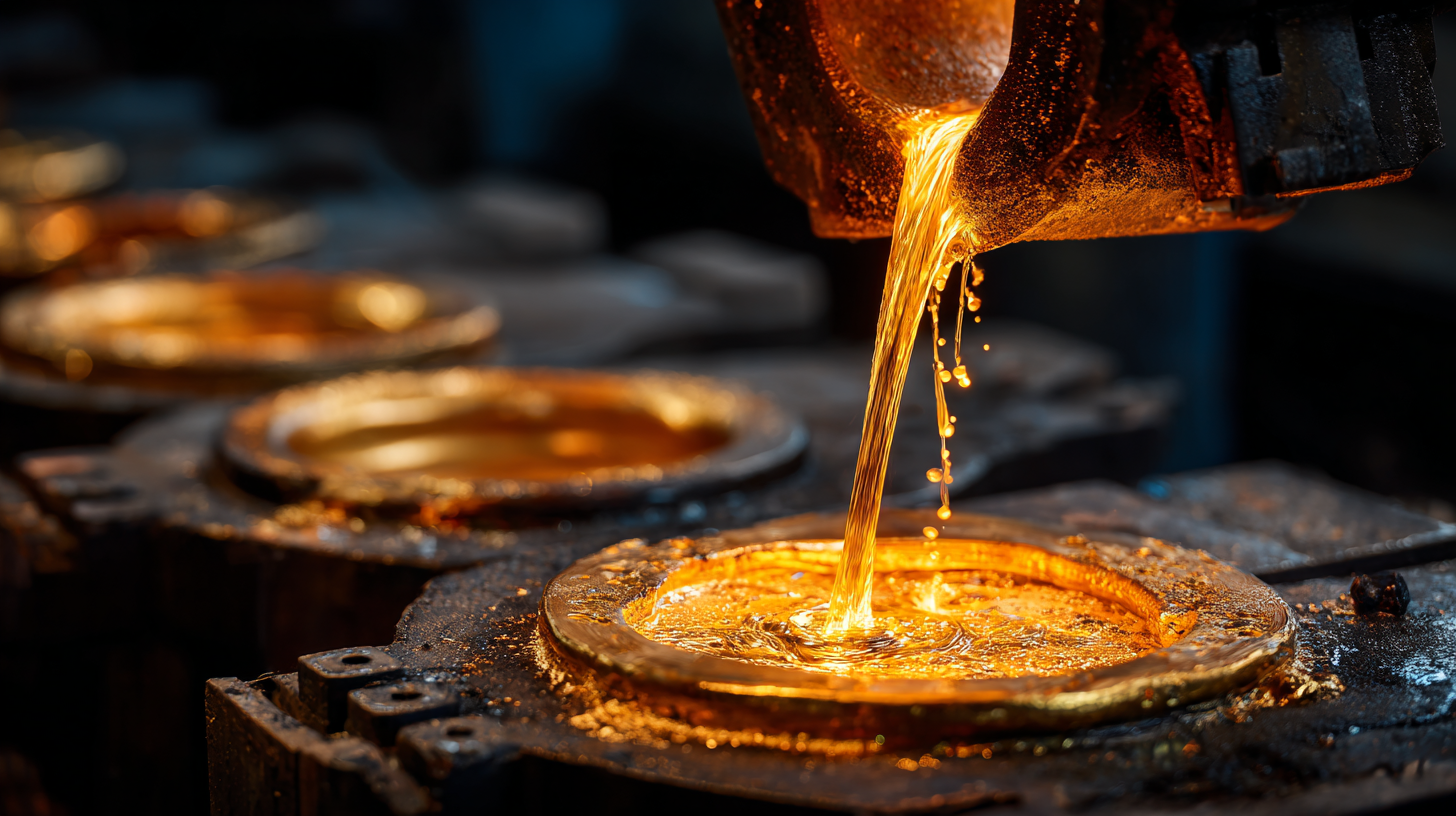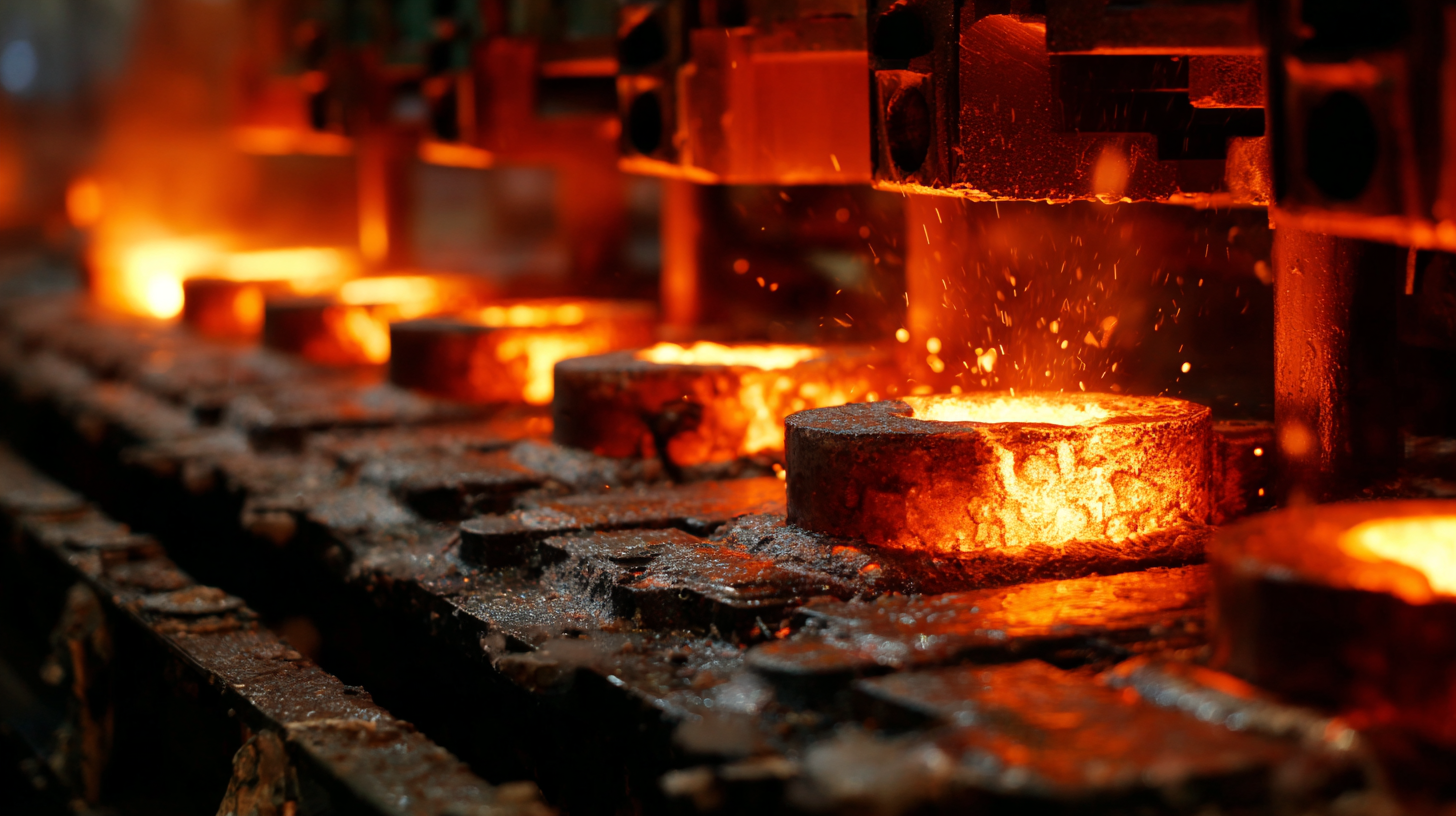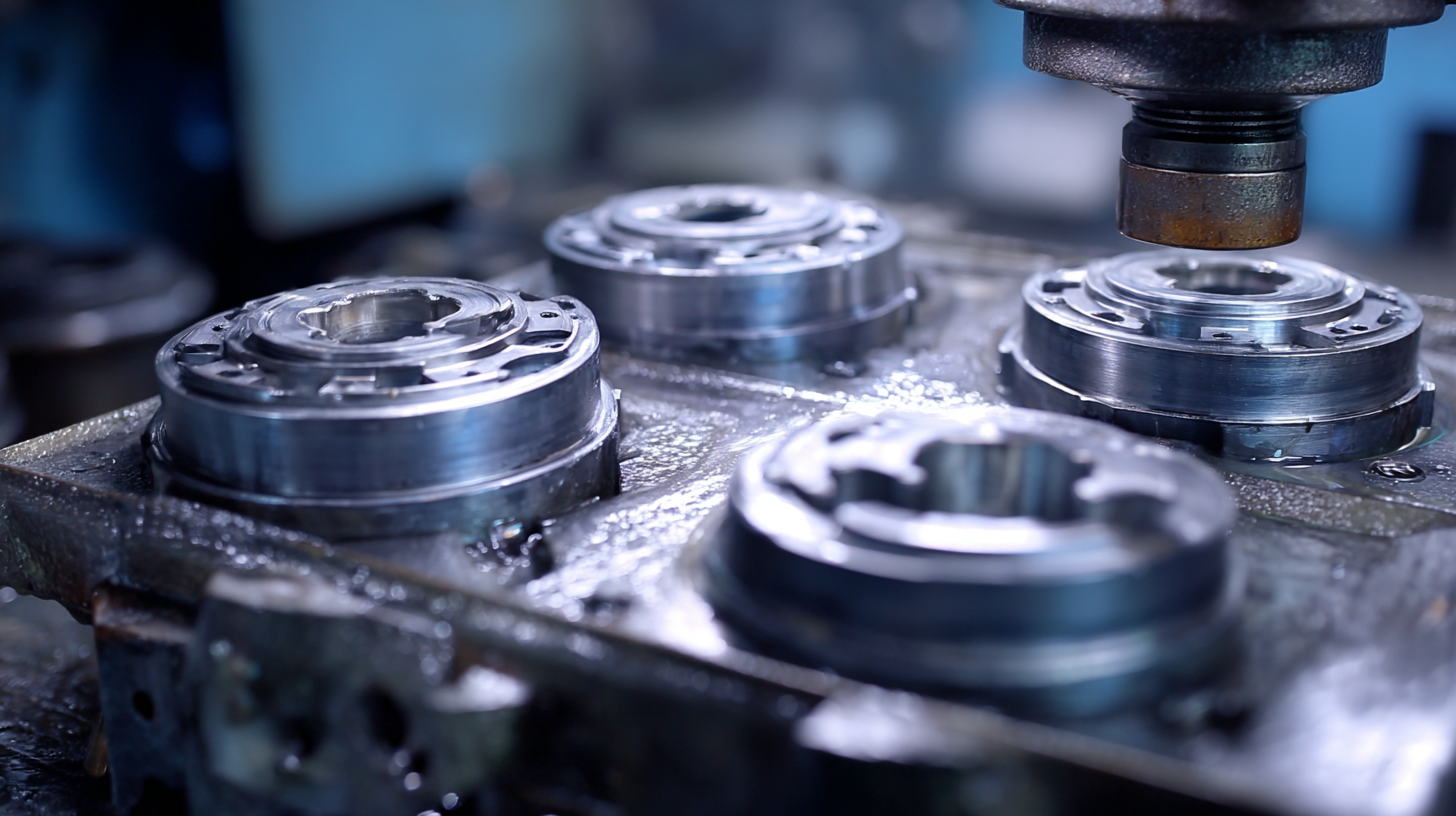In the ever-evolving landscape of manufacturing, Precision Investment Casting has emerged as a pivotal technology due to its unparalleled accuracy and efficiency. According to a recent market analysis by Allied Market Research, the global investment casting market is projected to reach $20.1 billion by 2027, driven by advancements in technology and increasing demand from industries such as aerospace, automotive, and medical devices. This remarkable growth underscores the importance of precision in the production process, enabling manufacturers to produce intricate geometries with minimal material waste. As countries compete for leadership in this sector, the adoption of digital technologies and automation becomes essential, positioning firms that excel in Precision Investment Casting at the forefront of a lucrative, global market. This blog will explore the critical factors that contribute to successful precision investment casting manufacturing exports, backed by compelling data and expert insights.

The precision investment casting industry has witnessed significant growth as global manufacturing trends shift toward more streamlined and efficient production processes. According to a recent report by MarketsandMarkets, the global investment casting market size is expected to reach USD 21.85 billion by 2028, growing at a compound annual growth rate (CAGR) of 5.9% from 2021. This growth is driven by the increasing demand for complex geometries and lightweight components, particularly in the aerospace, automotive, and medical sectors.
The impact of precision investment casting extends beyond economic metrics, influencing manufacturing methodologies worldwide. The ability to create intricate designs with reduced material waste aligns perfectly with sustainability goals that are becoming central to modern manufacturing. A study by Boise State University highlights that investment casting can reduce material waste by up to 30% compared to traditional machining processes. As companies prioritize eco-friendly practices, the adoption of precision investment casting is anticipated to rise, further solidifying its role in shaping global manufacturing trends.
As the global demand for high-quality precision components continues to rise, China's prominence in the precision investment casting market has become increasingly undeniable. Leading manufacturers in China are leveraging advanced technology and innovative techniques to produce intricate designs with exceptional accuracy. This surge in precision casting capabilities not only enhances the quality of products but also reduces waste, making it a sustainable option for various industries, including aerospace, automotive, and medical.
China's strategic investments in research and development are also helping to position its companies as leaders in the field. By incorporating cutting-edge materials and utilizing efficient processes, Chinese manufacturers can fulfill the stringent requirements of international standards. Moreover, this competitive edge drives down costs, making Chinese precision investment casting an attractive option for global buyers. As a result, China is not just participating in the global market—it is shaping its future.

Precision investment casting continues to evolve, driven by the demand for higher-quality standards and innovative processes. As industries shift towards more efficient and sustainable manufacturing practices, manufacturers are embracing advanced techniques to improve precision and reduce waste. Companies are not just focusing on production volume but are also enhancing the quality of their components to meet rigorous international standards.

Tips for ensuring quality in precision investment casting include investing in state-of-the-art technology and regular training for personnel. Utilizing the latest advancements in automation and process control can significantly enhance the precision of castings. Furthermore, adopting a continuous improvement approach in the manufacturing process will help identify and eliminate inefficiencies, ensuring that quality remains paramount.
Innovation is key in this competitive landscape. Exploring new materials and production methods can lead to significant breakthroughs. Engaging in research and development initiatives allows companies to stay ahead of market trends and cater to the evolving needs of their clients. Emphasizing sustainable practices and materials can also attract environmentally conscious customers, further solidifying a company's position in the global market for precision investment casting.
The investment casting industry continues to showcase remarkable growth, particularly in the realm of global exports. According to a recent market analysis, the investment casting export market is projected to expand at a compound annual growth rate (CAGR) of 5.6% from 2023 to 2030. This significant increase is driven by the rising demand across key industries such as aerospace, automotive, and medical devices. The global investment casting market was valued at approximately $17 billion in 2022, and exports are anticipated to follow a similar upward trajectory as countries streamline manufacturing processes and improve quality standards.
In the United States alone, investment casting exports reached a notable $2.1 billion in 2022, with major recipients including Canada, Mexico, and China. Industry reports indicate that advancements in technology and the adoption of 3D printing techniques are contributing to enhanced precision in casting, thereby making products more competitive in the international market. As the global landscape evolves, domestic manufacturers are diversifying their portfolios and investing in research and development to cater to specific market needs, positioning themselves as leaders in the precision investment casting sector.
China's precision investment casting industry is at the forefront of sustainable manufacturing practices, setting a benchmark for eco-friendly production. With a commitment to reducing carbon footprints, many companies are adopting advanced technologies that minimize waste and enhance energy efficiency. Innovations such as water-based coatings and recyclable materials are not only improving product quality but also contributing to a greener production process. By incorporating these practices, Chinese manufacturers are ensuring that their operations align with global sustainability goals.
Furthermore, the industry's shift towards sustainability is reshaping supply chains, promoting circular economy principles. This involves not only recycling scrap materials but also rethinking the entire lifecycle of products, from design to disposal. Manufacturers are increasingly investing in research and development to explore alternative materials that are both high-performing and environmentally friendly. As these practices become more widely adopted, China's precision investment casting sector is not only improving its competitiveness on a global scale but also setting a standard for responsible manufacturing that can inspire industries worldwide.
| Dimension | Value |
|---|---|
| Global Market Share of China’s Investment Casting | 45% |
| Annual Production Volume | 1.5 million tons |
| Export Value (2022) | $3 billion |
| Percentage of Eco-friendly Materials Used | 75% |
| Reduction in Carbon Emissions (Annual) | 10,000 tons |
| Investment in R&D (2023) | $150 million |
| Employee Training Hours per Year | 250,000 hours |
